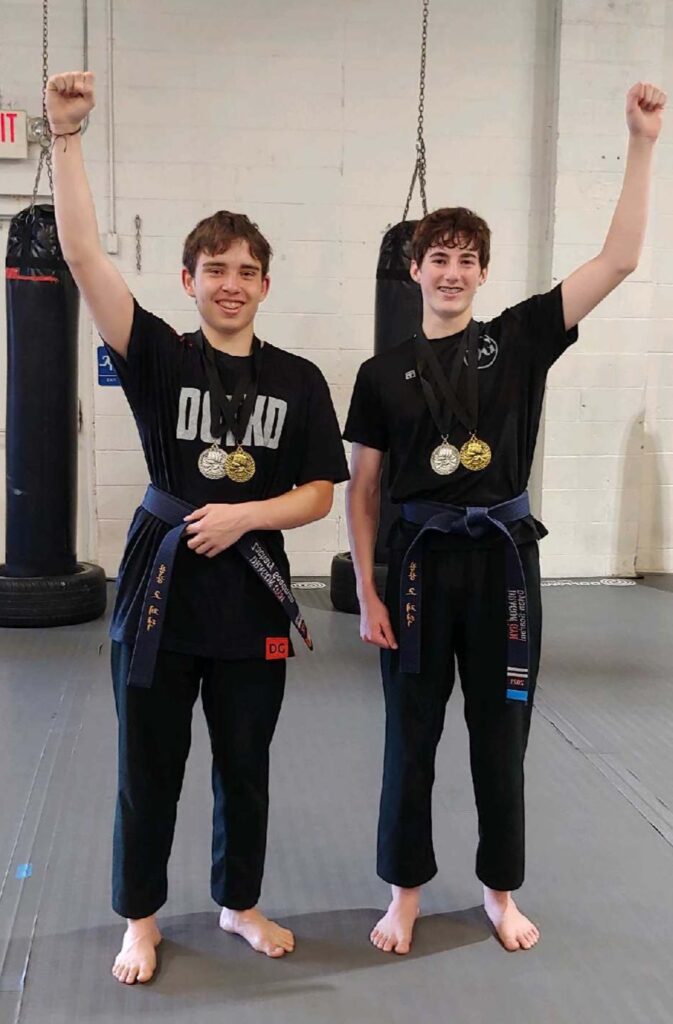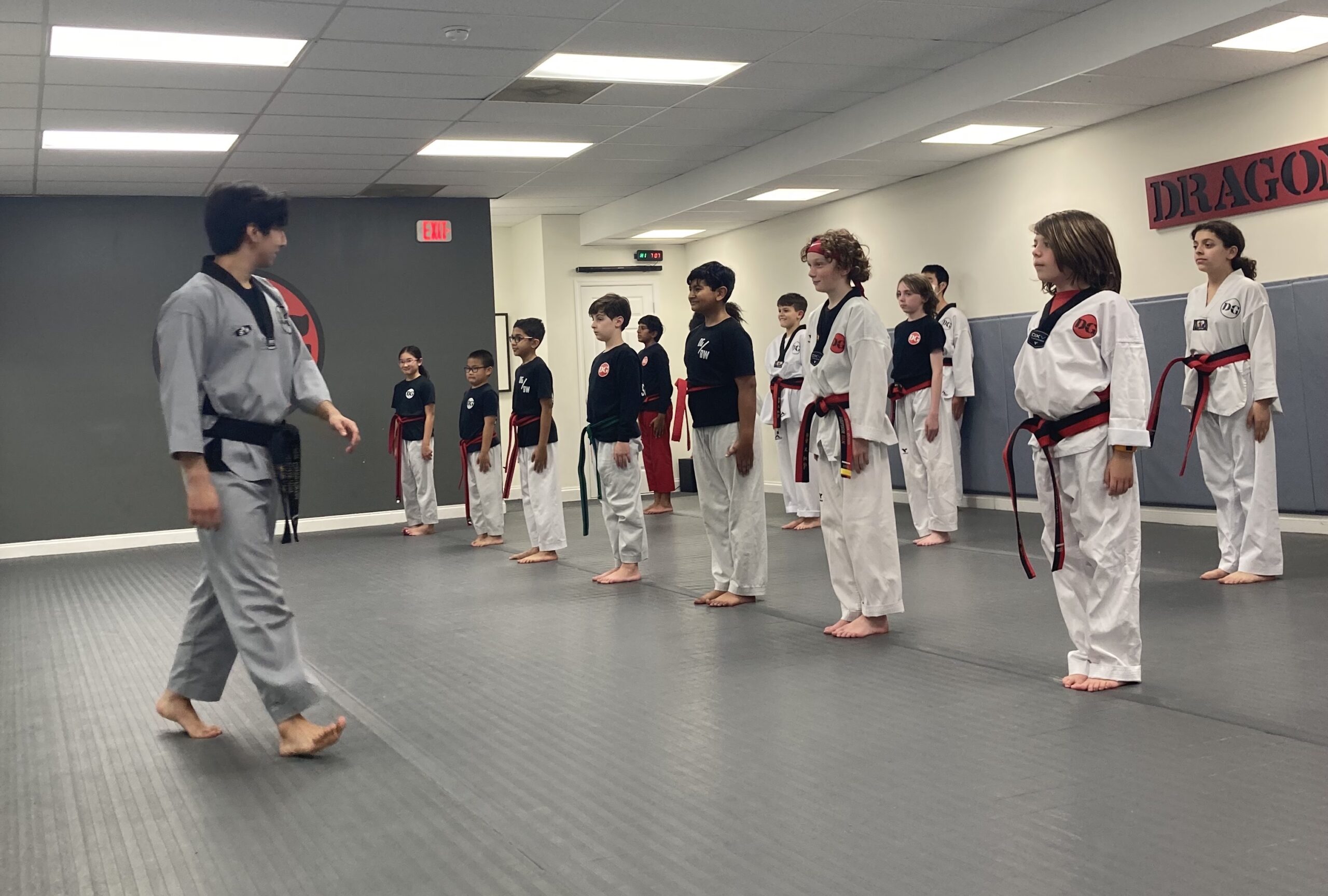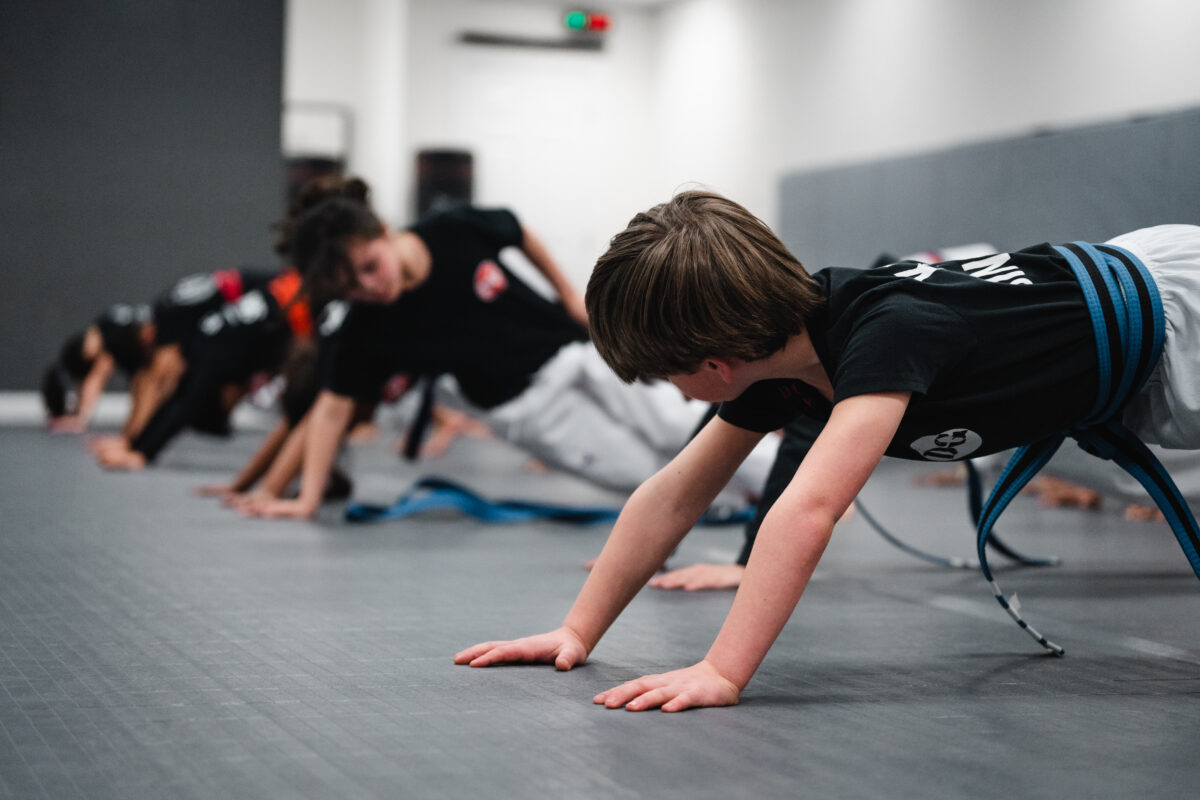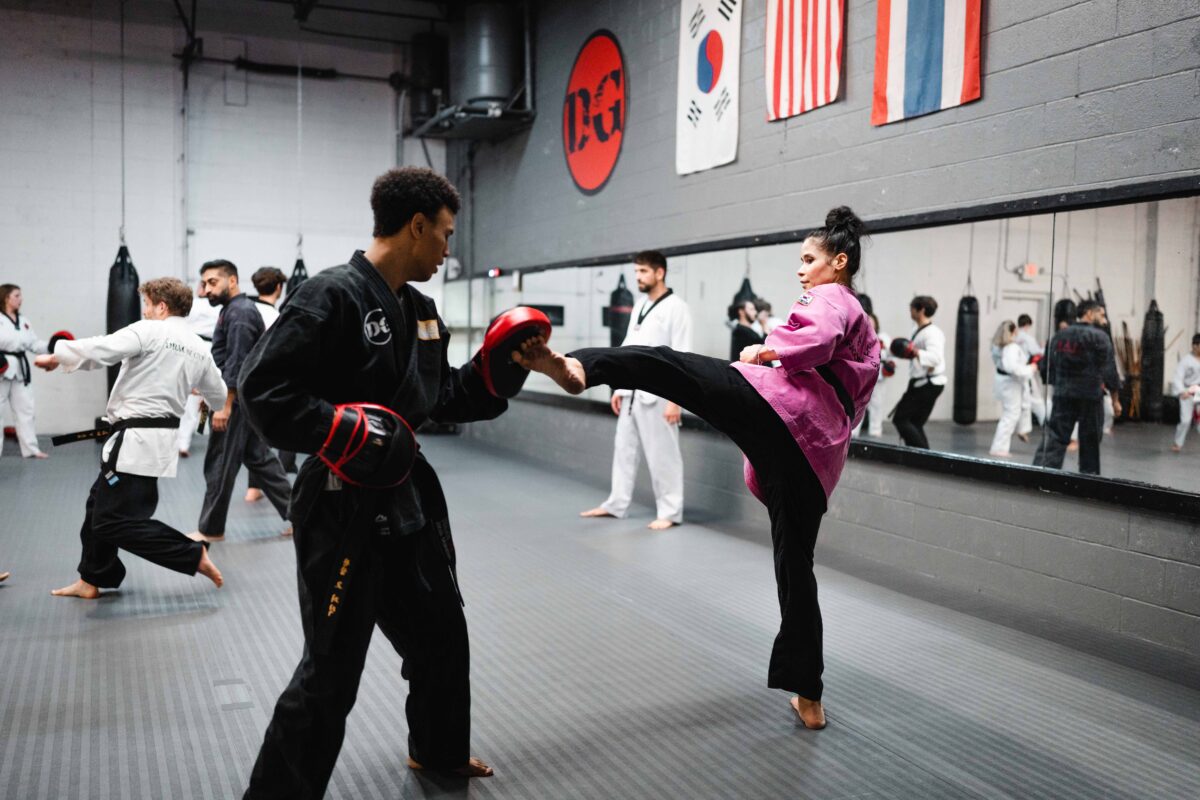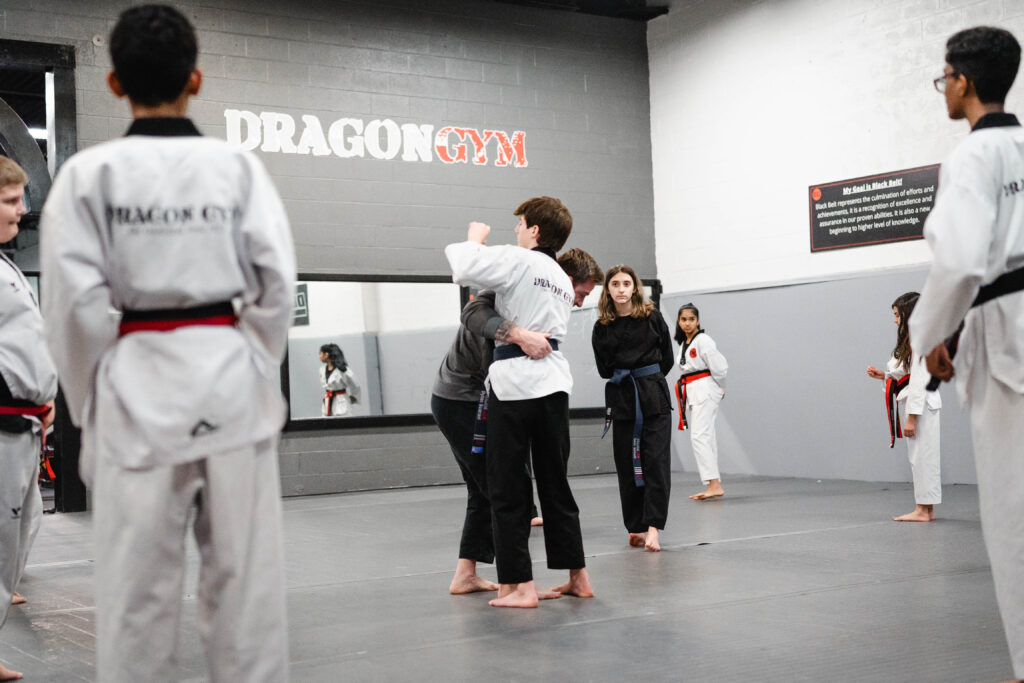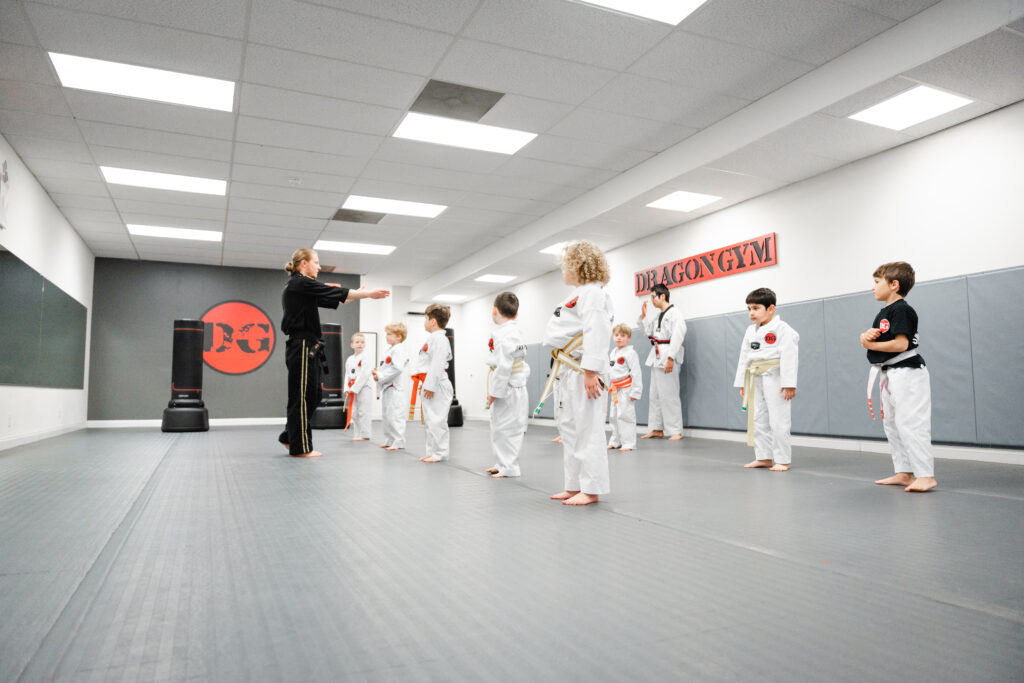As we enter a new year full of possibility and promise, it can be an optimal time for reflection and planning. If your child is currently partaking or interested in embarking on a martial arts journey, goal-setting becomes integral for progress, development, and success.
Through my own experiences, I’ve witnessed the power goals can harness when tempered with patience and determination. Thus, in this post, I aim to discuss the merits of goal-setting in martial arts training for kids and provide parents and children with constructive tips to create achievable, purposeful goals to kickstart the year.
Why Set Goals in Martial Arts?
Similar to other areas in life, goals in martial arts provide direction. They outline a destination to motivate children to persevere when challenges arise. More so, goals boost accountability between parent, child and instructor – ensuing all parties are aligned in their efforts.
After training across various disciplines like Taekwondo, Karate, Judo, and Jiu-Jitsu, I’ve learned that goals should extend beyond merely attaining the next belt rank. Of course, achieving milestones provides children encouragement through visible results. However, goals centered upon technique refinement, skill development, tournament participation etc. also prove meaningful.
Start by Asking Purposeful Questions
Prior to co-creating goals, inquire from your child about their aspirations in martial arts through open-ended questions. Gain insight into their reasons for joining and what excites them ahead. As their parent, share your hopes too. Alignment of purpose fuels motivation.
Probe about fears or weaknesses they aim to conquer next year. I recall consistently struggling with my kicking height as a young Tae Kwon Do student. My goal to finally execute a head-level kick remained locked for months before coming to fruition. That single goal taught me patience and hard work trump all else.
Set SMART Goals
With the purpose established, introduce your child to S.M.A.R.T goals. In my opinion, the SMART acronym represents the hallmarks of quality goals tailored to a child’s needs and level. Well-defined goals provide a roadmap children can navigate alongside consistent parental encouragement.
Specific – Precisely outline what must be achieved. Quantify and qualify each goal.
Measurable – Include metrics to tangibly track progress. Measure against personal milestones rather than peers.
Achievable – Ensure appropriateness for the child’s age and skill level based on their current baseline. Discuss with the instructor if needed. Small wins maintain vigor.
Relevant – Goals must organically tie back to your child’s larger purpose for pursuing martial arts. This fuels sustained effort.
Time-Bound – Affix target timeframes to accomplish each goal, culminating yearly. Avoid open-ended efforts lacking deadlines.
Common Child Martial Arts Goals
While personalized goals work best, the list below shares common examples I’ve observed from children across most disciplines:
- Consistently attend classes 2x per week
- Improve flexibility by mastering front and side splits
- Perfect 5 different kicks up to head-level
- Learn 5 new forms for the next belt grading
- Increase stamina to endure 60-minute intense sparring sessions
- Overcome fear of combat through weekly 30-minute controlled sparring
- Enroll and participate in one local tournament
In my Taekwondo classes, I ensure students set a sparring participation goal to apply skills in simulated competition. The exhilaration of executing under pressure and spectator cheering cannot be replicated during regular sessions. Win or lose, immense growth follows.
Make Goal-Setting Interactive
Print a yearly calendar to visually map milestones over 12 months. Children gain immense satisfaction with color-coding achieved goals per quarter or month. Maintain an ongoing journal to log challenges faced, solutions implemented, breakthroughs witnessed, etc.
Re-evaluate progress mid-year. Course-correct goals become unfeasible while celebrating small wins to uplift morale for bigger battles ahead.
Share Goals with the Instructor
To enable specific feedback and coaching, inform instructors regarding individual goals early. Their deeper insights into a child’s strengths, weaknesses, and optimal next progression points become invaluable.
During regular reviews, they can provide tactical recommendations to overcome roadblocks.
For instance, upon noticing Zoey’s awkward hip rotation while perfecting her tornado kick, I suggested specific warm-up drills before class to enhance flexibility and kicking height. Her parent-teacher alignment facilitated achievement.
The Merits Outweigh All
Though extensive planning underlies effective goals, know that deviance from set plans occurs occasionally. Illnesses, injuries, waning motivation, etc. remain out of our control. I’ve witnessed children ready to quit when confronted with radical change and uncertainty.
Hence, emphasize the merits goal-achievement brings – enhanced self-esteem, self-confidence, camaraderie, and lifelong skills transferable outside the Dojang. Inspire them to view setbacks as feedback propelling them one step closer to dreams conceived together.


